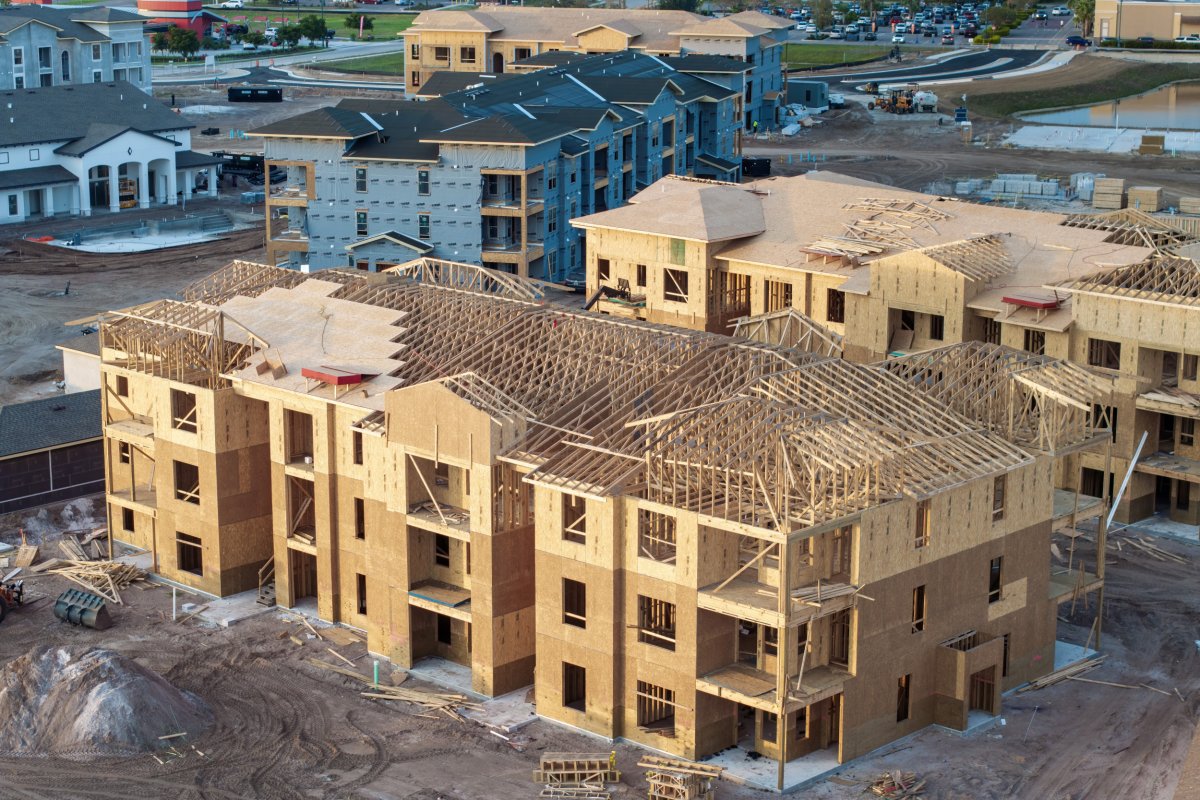The latest data on the U.S. real estate market paint a worrying picture, hinting at potential problems for both prospective homebuyers and the industry.
Particularly, the number of home sales pending recently fell to an all-time low. Mortgage payments are now consuming a large portion of incomes for those who have just purchased their first home.
Affordability crisis deepening: Why it matters
The United States currently faces a serious housing affordability crisis. The crisis has been fueled by the rising home prices of recent years and a lack of housing stock. The current market is a challenging one for the average American.
Mortgage rates have increased in response to the Federal Reserve’s interest rate increases, which were implemented as a way of combating inflation. The increase in mortgage rates further reduces potential buyer’s purchasing power, effectively blocking many first time homebuyers to achieve their homeownership dream. Those looking for affordable housing, such as condos and single-family home in the suburbs, or in urban areas will feel this impact.
Recent trends suggest a possible shift despite persistent pent up demand which has sustained elevated home prices across the country. The housing market may finally be shifting towards more buyer-friendly dynamics, as a noticeable drop in volume of sales is coupled with a rise in inventory. But experts warn that there are many changes needed before true affordability can be restored.

The Key Indicators of the Market
The National Association of Realtors released data that shows existing home sales nationwide have reached an all-time low. The metric, which is based upon signed contracts and offers insight on future transactions, provides a snapshot of the pending sales market. NAR’s Pending Home Sale Index showed a significant drop of 4.6% in January. The index reached a new low, 70.6. Comparing January 2012 to the year before, there was a 5.2% decrease in pending home sales. To put this in context, a score of 100 represents the contract activity seen in 2001.
This decline can be traced to the combination of high mortgage rates and historically-high home prices, both of which have a negative impact on affordability. Redfin figures from January show that a typical U.S. house sold for $418.284, a 4 percent increase on the prior year. Cost of entry in metropolitan areas is continuing to increase.
The NAR reported that mortgage rates ranged between 6.91% and 7.04 percent in January. The monthly payment for a $300,000 hypothetical home loan has increased approximately $50 from the prior year to an estimated $1.590. The increased pressure is felt by potential buyers who rely on fixed rate mortgages for their financial security.
The NAR data also highlights the regional differences in performance. In January the Southern region saw a significant 9.2% drop in home sales pending, which resulted in a score of 81.0. Midwest experienced a 2% decline, with a final score of 72. Similarly, West experienced a 4.5% decline, ending at 57.6. The Northeast, on the other hand, showed relative stability. It had a 0.3% month-over-month increase, scoring 63.4 and only a 0.5% drop compared with January 2024. The real estate market has been affected in different ways, with the luxury properties of the northern areas experiencing more stability.
It is expected that the limited housing stock in the Northeast will continue to exert upward pressure on the prices for the rest of the year. However, some areas in the South or Midwest may see their values decline as inventory increases.
Experts’ Perspectives on Housing Slowdown
NAR Chief Economic Economist Lawrence Yun In an attempt to shed light on the issue, the company stated that it was unclear whether the coldest winter in 25-years contributed towards fewer sales. If so, they expect increased activity in the coming months. It’s clear that rising home prices and mortgage rates have made it difficult to afford a house.
Bravo Research, an independent research and media company specializing in housing market analysis, commented on the affordability crisis via X (formerly Twitter), stating: “Mortgage payments now make up 40 percent of the average household income—the highest levels in over 30 years. According to the old rule, payments must not be more than a quarter of your income. Today about 70% of Americans can’t pay for a mortgage. “Housing affordability has reached a critical point.”
Stock and interest rates as key determinants
The level of inventory in each state and the fluctuations in mortgage interest rates are key factors that will determine whether the U.S. Housing Market will move in favor buyers or sellers in the next year. These metrics are crucial to housing market forecasts.
Yun believes that even a modest reduction in interest rates could spark buyer activity, due to the rising wages, more jobs, and greater inventory options. The sentiment highlighted the impact that even small improvements in affordability can have on market activity. When analyzing trends in the housing market, it is important to take into account rising incomes and employment growth.
Many experts in the industry predict mortgage rates to remain at six-seven percent until 2025 or 2026. These predictions indicate that homebuyers will continue to face challenges. Different types of mortgages such as adjustable rate mortgages may influence the behavior of buyers. The overall health of this industry is also a key factor in the outlook for the housing market.


